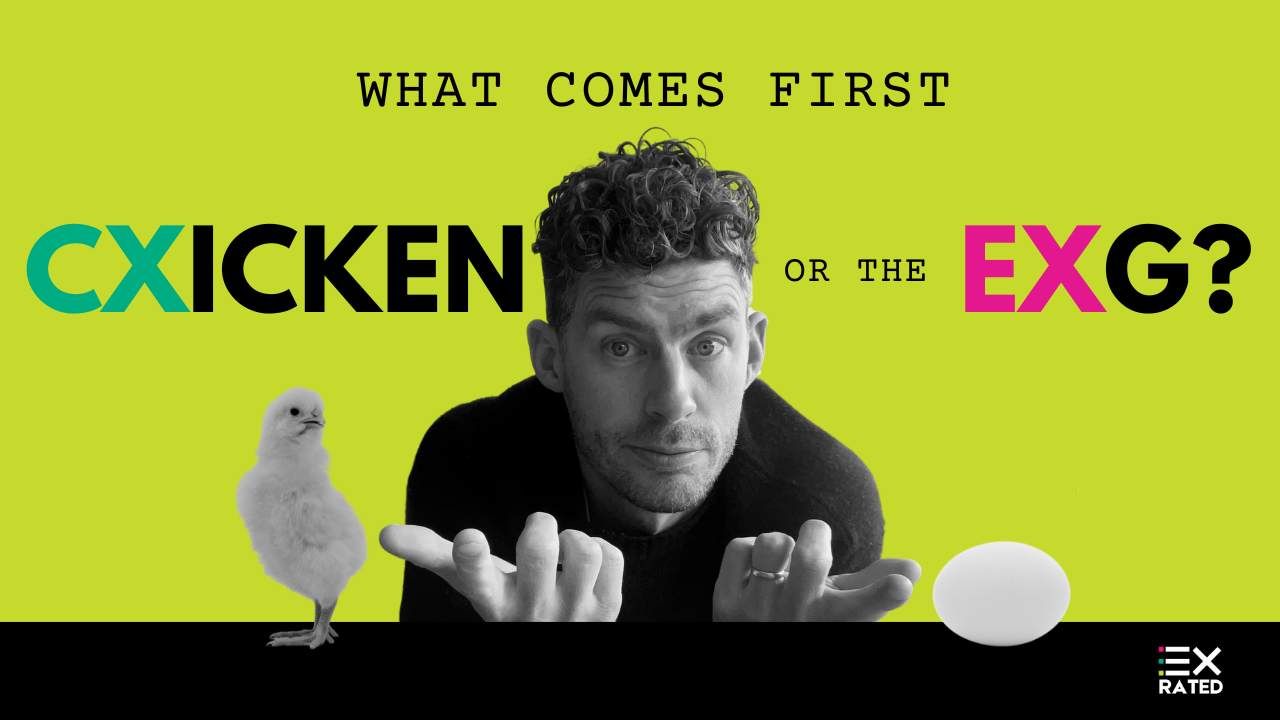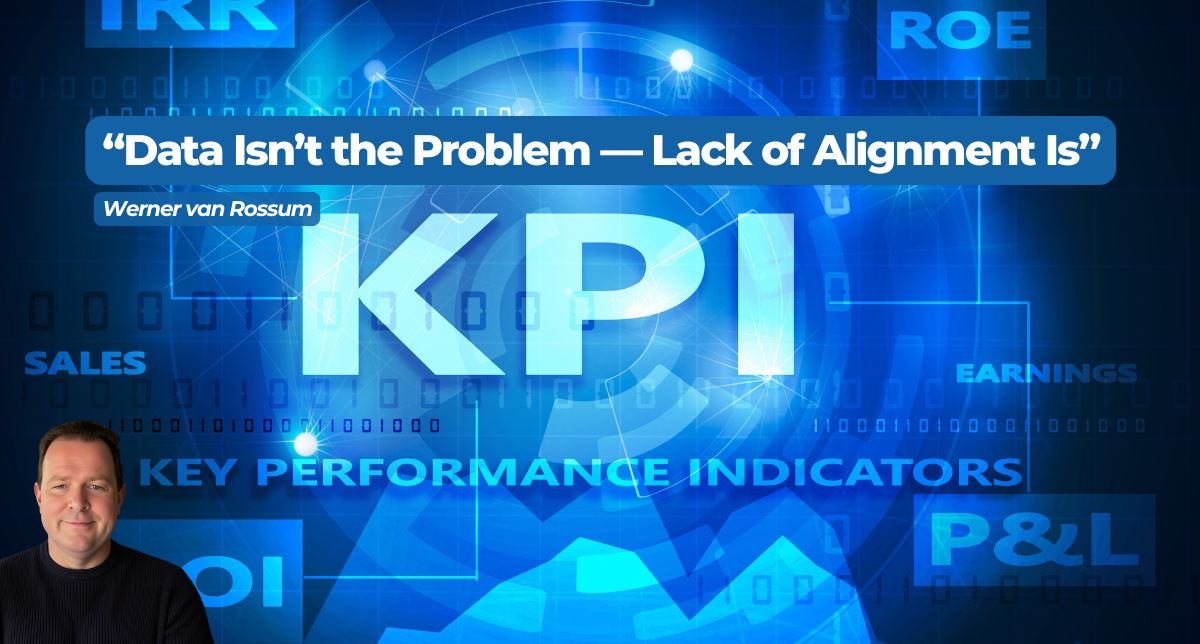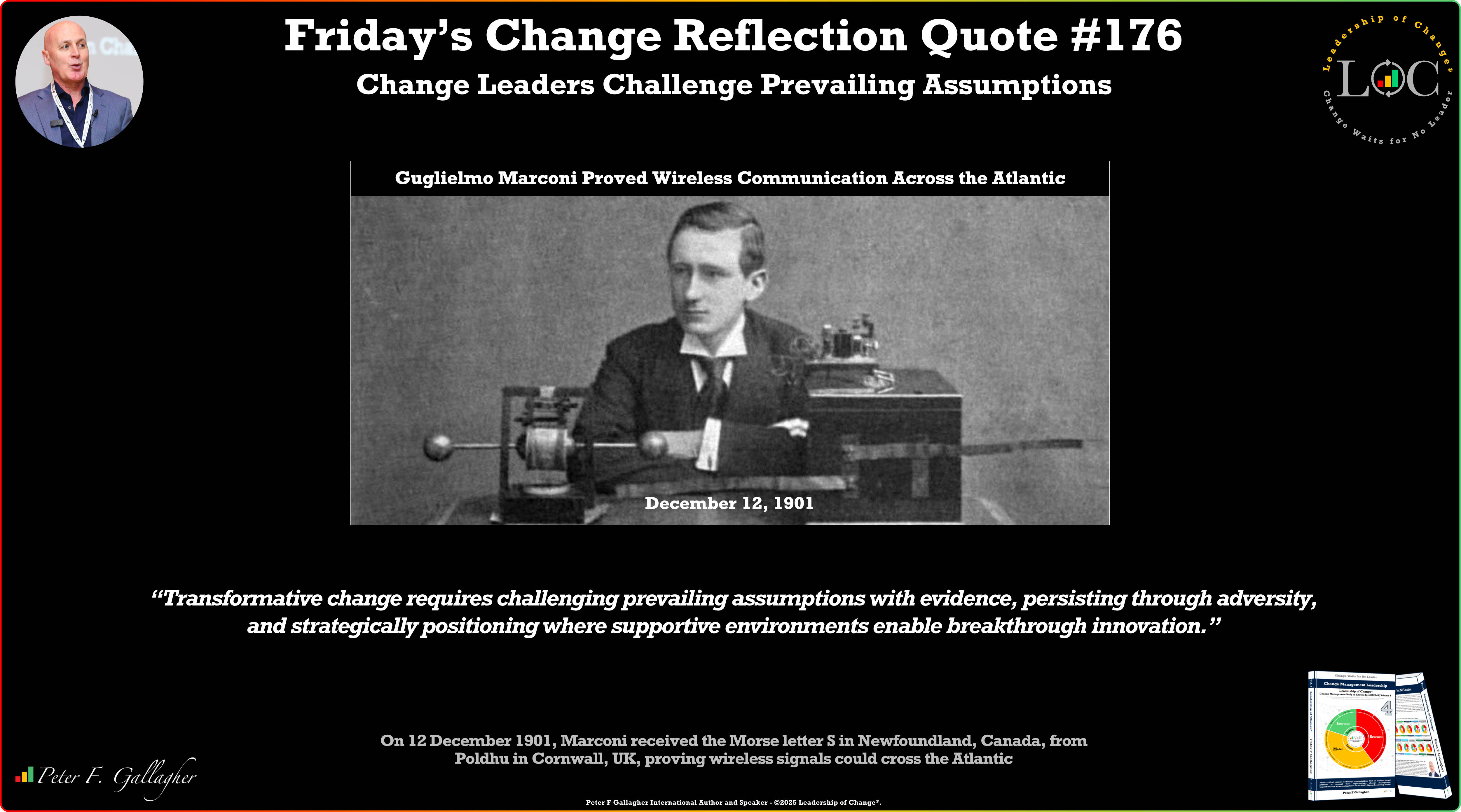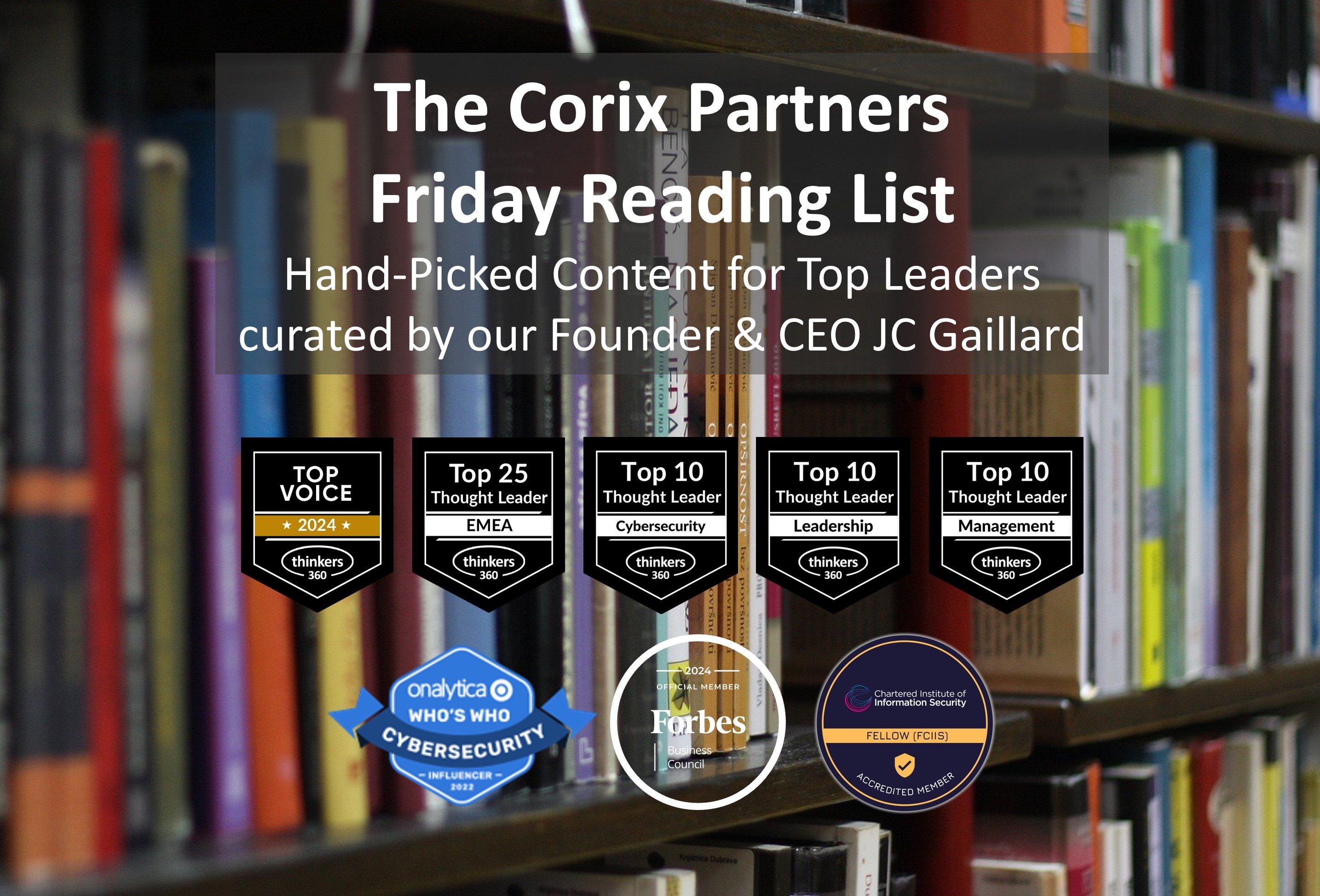Aug25

Ah, the age-old question: What comes first? The CXicken or the EXg?
Yes, I know that’s not quite right.
But today I’m talking about Customer Experience (CX) and Employee Experience (EX), so you’ll have to forgive me for fitting it into this analogy.
Because just like the chicken and the egg, there’s no clear answer here to what comes first. We know that every good customer experience starts with a good employee experience because happy employees do a better job! But without customers, there would be no employees. So, what comes first?
The reality is that the employee-customer relationship is symbiotic—one cannot exist without the other. But when we put it in a workplace context, understanding what comes first and what’s most important gives employers a direction and focus.
So, let’s take a squizz.
Customer is King. Or, at least, “the customer is always right.”
This has been the dominant idea for the last few decades, with companies taking a customer-first approach to their operations and decisions.
If the customer is the king, then employees are serving the monarch. Laurell K. Hamilton once said, “Power makes you a monarch, and all the fancy robes in the world won’t do the job without it.” To contextualise it, companies may have great employees and a great product, but with no buyer, the kingdom will crumble.
So, customers matter. There is significant evidence that customer experience is a fundamental business driver, as demonstrated in Harley Manning and Kerry Bodine’s book Outside In. In it, they highlight case studies of companies that saved millions of dollars through simple fixes that supported the customer experience.
But the catch is that customers don’t always know what they want until they know what they don’t have. It’s the employees as an extension of the company who create a product or service that shows customers what they need or want to solve specific solutions.
If it’s the employees driving the solutions, then they come first. They’re the ones showing customers what they need and want—they’re the chicken laying the egg.
In a recent podcast interview, Annette Franz put it this way: “Employees need to come more first.” Her case for putting employees first in a company’s priorities is that employee engagement will lead to increased retention, happiness, and fulfilment. All these things will help them excel in their role and provide better customer service.
Strong EX begets strong CX.
Companies that want to take a customer-centric approach need to look inward and maximise the EX.
The debate about chicken vs. egg, and EX vs. CX can continue. But I’m putting my answer down here so as not to be seen as sitting on the fence: EX must come first. Employees are the priority for management because they will naturally impact everything else in the company!
So, how can companies build strong EX? I’ve talked about it a few times before (here and here), but it ultimately comes down to six key areas:
These are key factors that determine employee engagement in the workplace. Managers and leaders need to work these things into their company culture which, according to 56% of respondents in one study, is more important than salary.
A strong employee-first culture will naturally lead to high-quality customer service, increased sales, and other business goals. A strong customer experience depends on a company’s ability to nurture and support employees.
That’s my two cents on this. What do you think comes first, the CXicken or the EXg? My inbox is always open to discuss more topics like employee engagement, EX, and CX.
Till next time, hooroo.
Keywords: Culture, Customer Experience, Future of Work
 Data Isn’t the Problem. Alignment Is.
Data Isn’t the Problem. Alignment Is. Friday’s Change Reflection Quote - Leadership of Change - Change Leaders Challenge Prevailing Assumptions
Friday’s Change Reflection Quote - Leadership of Change - Change Leaders Challenge Prevailing Assumptions The Corix Partners Friday Reading List - December 12, 2025
The Corix Partners Friday Reading List - December 12, 2025 Measuring the True ROI of Automated Claims Processes: Beyond Speed and Cost
Measuring the True ROI of Automated Claims Processes: Beyond Speed and Cost The New Silicon Frontier: Specialization and the Diverse Landscape of AI Chips
The New Silicon Frontier: Specialization and the Diverse Landscape of AI Chips